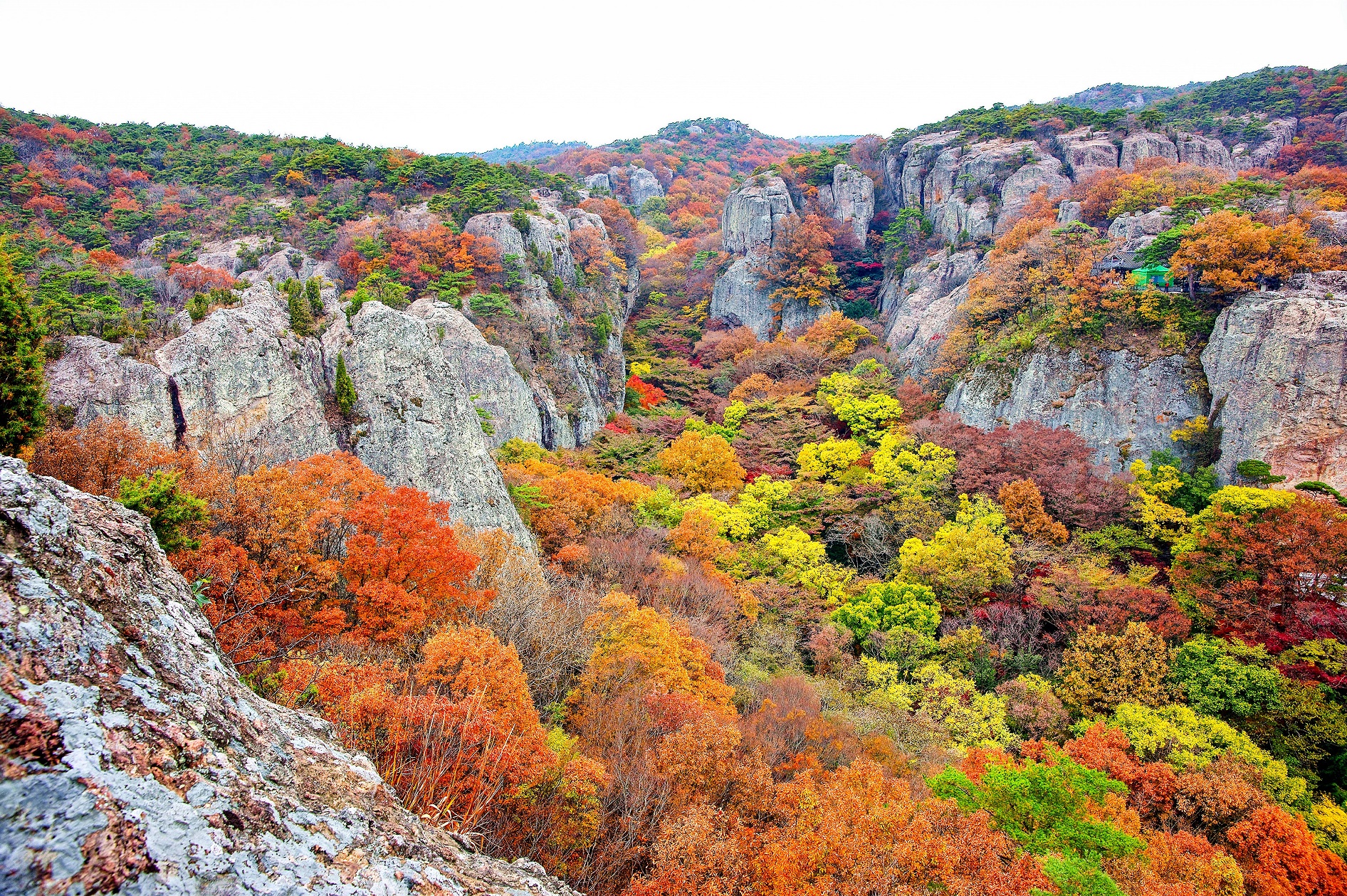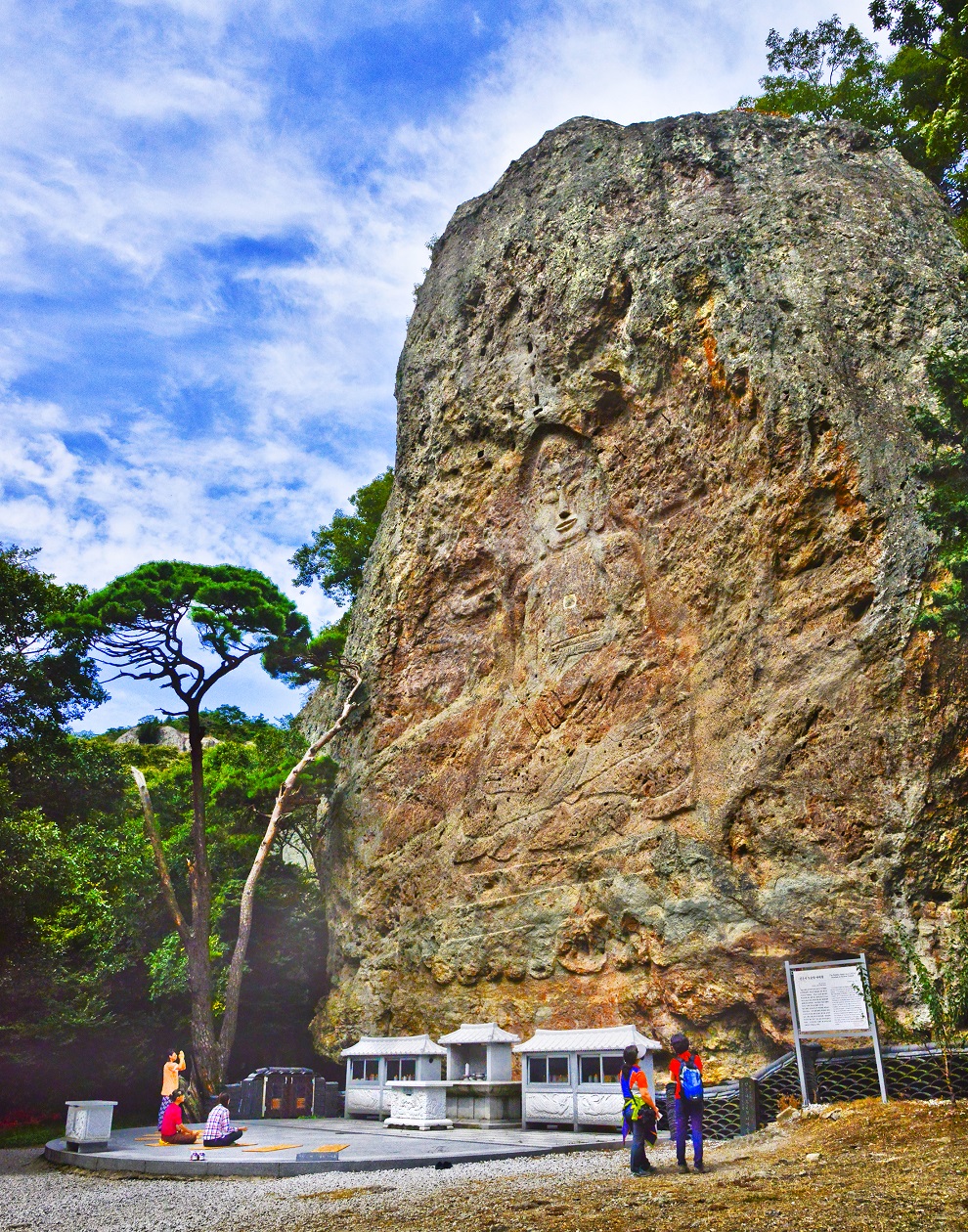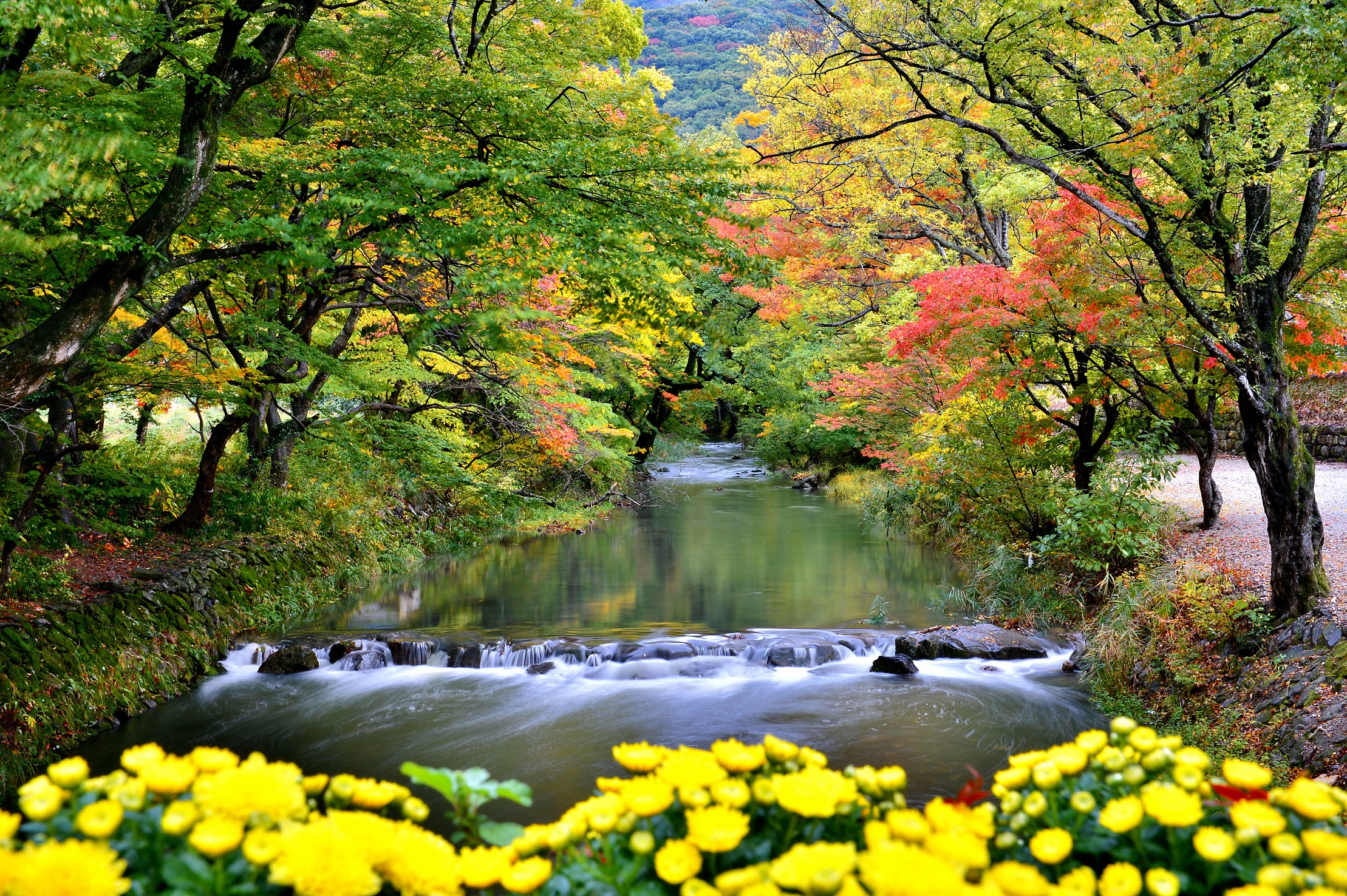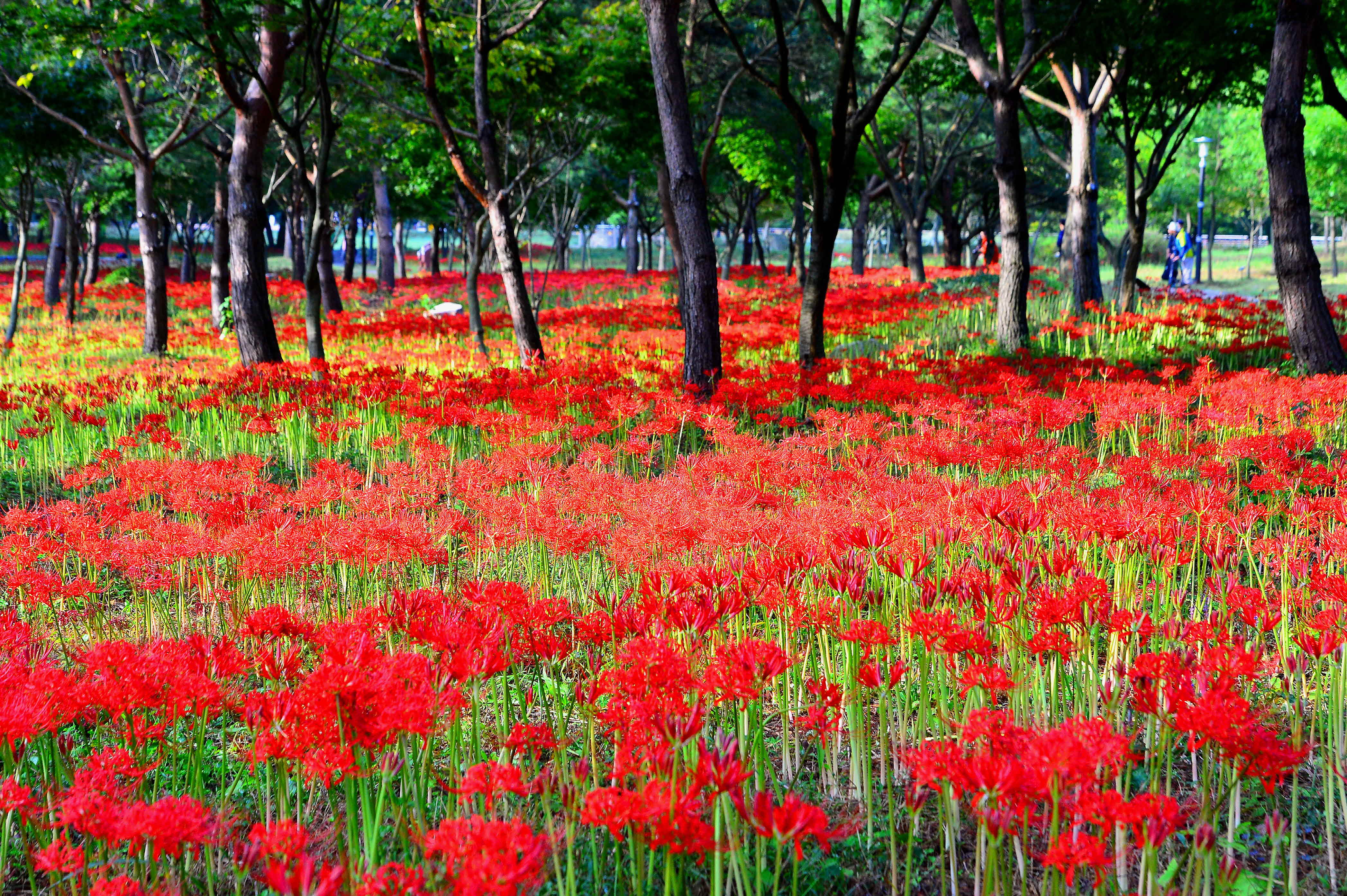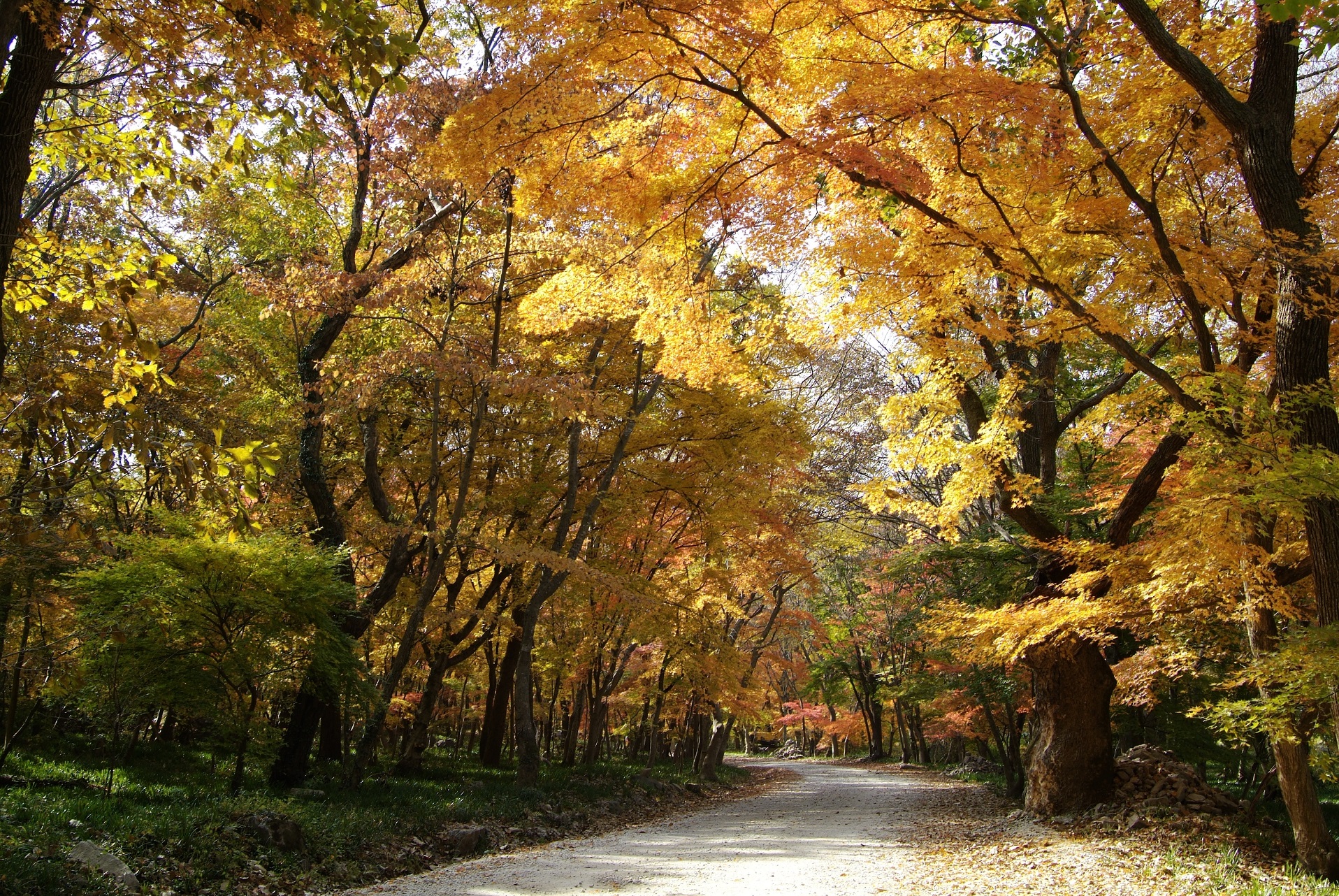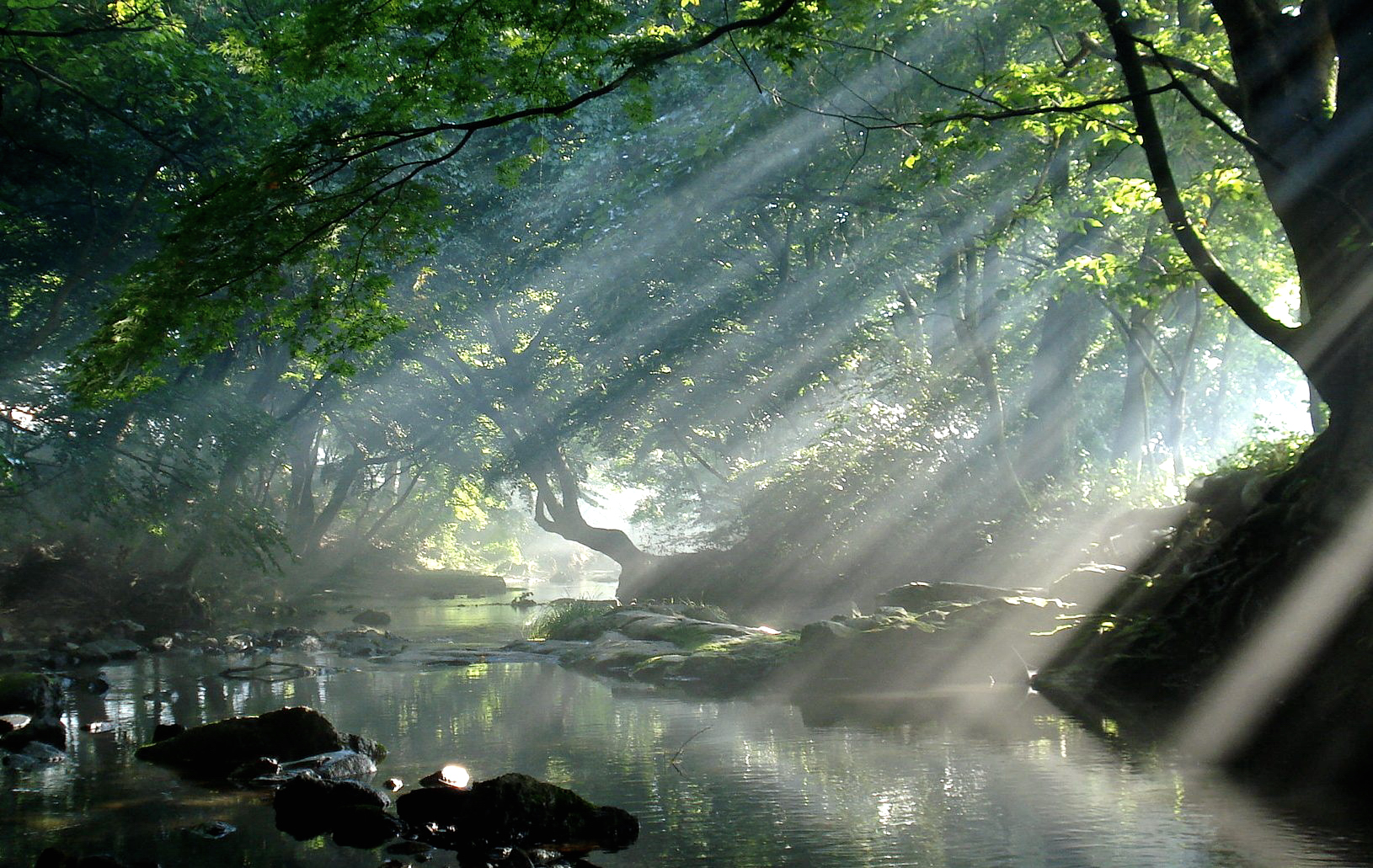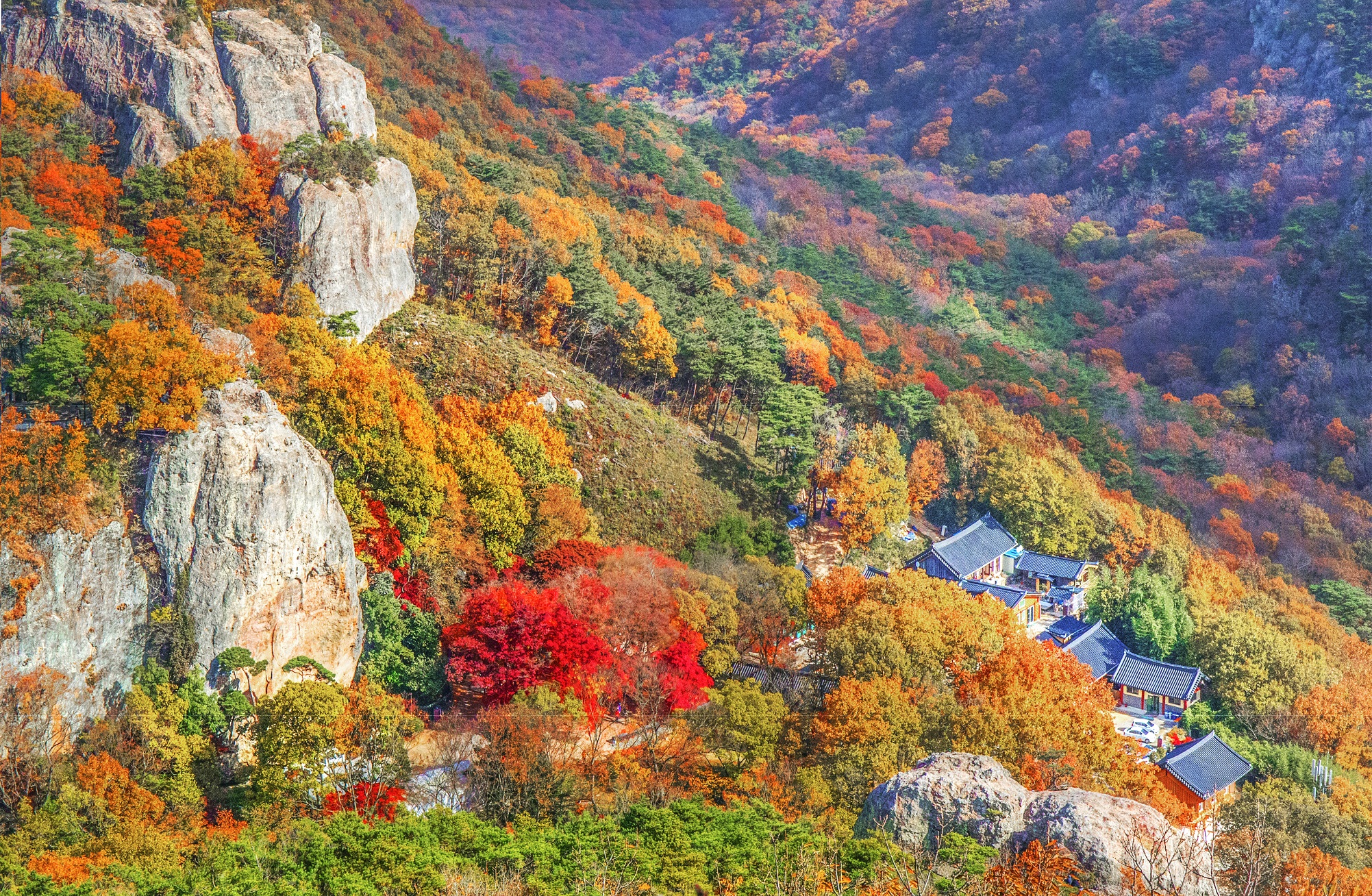Seonun Mountain, also known as Dosol Mountain, is a famous scenic spot in the Honam region of Korea. It was designated as a provincial park in 1979. The name "Seonun" means "a Buddhist deity descending from the clouds," and "Dosol" means "a celestial palace with Maitreya Buddha." Both names reflect the significance of the mountain as a place of Buddhist practice.
Seonun Mountain offers exceptional landscapes with rocky peaks scattered throughout and dense forests. In the midst of this natural beauty, the Seonunsa Temple, which has a history of over 1,500 years, is located. Seonunsa Temple is the head temple of the 24th district of the Jogye Order of Korean Buddhism. It was founded by Geomdansa, and the main temple, Daecheomsa (Chamdangsa), was established by Uiwunguksa, who was a royal monk of King Jinheung. Currently, there are Dosolam, Seoksangam, Dongunam, and Chamdangam. In the past, it is said that 89 stone statues were placed in various valleys.
The cultural heritage of Seonunsa Temple includes the Gyeongjeong Bronze Bodhisattva Seated Statue, the Jijang Bodhisattva Seated Statue, the Daeungjeon Hall of Seonunsa Temple, the Daeungjeon Hall of Chamdangam, and the Maebul of Dosolam. The natural monuments include the Camellia Forest, Jangsasong (Korean Pine Tree), and Songak. The local cultural heritage includes the Seoksiwonryu Gyeongpan (genealogy tablet of the Seok family), the Wooden Triad Buddha Statue of Yeongsanjeon, the Six-Story Stone Pagoda, the Bronze Bell, the Statue of Yaksa Yeorae, the Manseoru (stone monument), the Baekpayulsa Stele, the Chamdangam Stone Monument, and the historical record of Seonunsa Temple. If you explore the scenery of Seonun Mountain, as you go up along the stream from the main temple, you will find the "Temple Stay Experience Center '' where the water splits into two streams. If you continue up to the right, you will come across a small and charming forest of eight Jangsasong trees, as well as the Jinheunggul Cave, which is believed to be the place where King Jinheung practiced Buddhism.
Crossing the stream in the middle of the mountain, there is a towering rock called Bongduam (also known as Tugu Bong), which is believed to guard against evil spirits intruding into the mountain. On top of Bongduam, there is a rock called Sajamam, which is believed to guard against evil spirits entering Dosolcheon. Continuing to climb, there is Dosolam. On the right side, there are layered rock steps that lead to Sangdosol, a shrine on the cliff above Cheongil Cliff. Climbing up the rock crevice, there are horse hoof prints carved, believed to be the traces of King Jinheung's horse. Beyond the rock gap, there is Manwoldae, and further up is Seonhakam, where Seonhak, a legendary bird, is said to have played.
Descending back down to Nahanjun, if you look to the left, you will see a cliff-like rock with carved Buddhist statues, which is Dosolam Maitreya Buddha. Going up further, you will find Yongmungul. If you turn left and climb up, there is Nakjodae. Right next to it is Cheonmabong, and the panoramic view of Dosolcheon unfolds below. Furthermore, Seonun Mountain is known for its local specialties such as Pungcheon Jangeo (eel) and Bokbunjaju (Korean black raspberry wine), allowing visitors to enjoy the finest delicacies with a glass of Bokbunjaju.
*Admission to cultural heritage sites: Free

